Government contract writing involves more than technical facts provided in a proposal. It requires precision, clarity, and a good insight into what the agency wants. A proposal is carefully drawn up, and it can help your business stand out when it comes to being competent, compliant, and valuable. Whether it is reading the solicitation and all the other steps, including describing your solution, everything contributes to a competitive bid. Each section has to satisfy particular standards of formatting and content. The key to success lies in how well you answer needs, fit your strengths to the contract needs, and position your abilities.
Understand the Requirements First
The key to a successful government proposal is understanding the requirements. Make sure that you read all the solicitation, Statement of Work (SOW), submission requirements, evaluation methods, and times. Find out whether it is an RFP, RFQ, or IFB; each of them is different in purpose and style. Make things clear at the beginning to prevent disqualification. Take note of required documents, formatting, and checklists of compliance. When you have a clear understanding of what the agency wants, you are sure of what to say to get in line with the agency and what they need.
Organize the Structure of Your Proposal
Cover Letter: Make a brief overview of your company, show your interest in the opportunity, and provide solicitation information such as ID number and project title.
Executive Summary: Provide a summary of your proposal, major advantages, and how your offer aims to respond to the mission and goals of the agency.
Technical Proposal: Explain your process on how you intend to deliver the work, including the way to do it, the tools, and the technical specifications.
Management Plan: Clarify the roles of teams, schedules, quality assurance, and how you are going to handle the project successfully.
Past Performance and References: Show relevant examples of completed projects, customer testimonials, and contact references.
Pricing Proposal: Provide a detailed cost breakdown that matches the scope, including labor costs, materials, overhead, and profit.
Compliance Matrix (Optional but Recommended): Ensure the match of solicitation requirements to your proposal sections, show full responsiveness, and make review easier.
What are the Best Practices for Writing a Government Proposal?
Here are the five best practices to improve clarity, alignment, and competitiveness in your proposal:
- Write in a simple, concise, and formal style to keep the tone professional and without vague or unclear sentences.
- Structure your material according to the mission of the agency, aligning the objectives, terms, and priorities in the solicitation.
- Make it easy to read by dividing it into sections using headers, bullet points, and visual elements.
- Add value propositions explaining the advantages and results of your solution rather than listing features.
- Show the knowledge of the project environment, referring to actual agency needs, regulations, and conditions.
What are the Common Mistakes to Avoid?
Here are the four common mistakes that reduce proposal quality and lead to disqualification:
- When they do not observe the formatting or content requirements, they tend to get automatically rejected. Use specific page numbers, font types, and formats.
- Jargon or any sort of vague claims are overkill to being clear and showing actual value. Write in measurable and direct terms.
- The lack of proofreading or revising means a higher chance of grammar mistakes, incoherent areas, and faulty data.
- The timing and platform of submission can disqualify your bid, no matter how great it is. Never forget to check the deadlines and submission portals.
What are the Tools and Resources for Proposal Writing?
Here are the three helpful tools and resources that improve your proposal quality and efficiency:
- Software such as RFPIO and Qwilr are proposal writing tools to help in controlling format, collaborations, and revisions. It maintains organization and compliance in your proposal.
- SBA or PTAC templates provide standard outlines and guidelines that are government-compliant. They conserve time and minimize mistakes.
- Consultants or copy editors enhance the readability of the content, correct the compliance weaknesses, and refine your end outcome.
Final Checklist Before Submission
Here are the five essential checks to complete before submitting:
- All sections of the proposals are filled in completely, with clear labels and in the required structure and formatting.
- The content is formatted strictly by the solicitation instructions, such as the order of sections, page length, and font type.
- Any required attachments, certifications, and forms are correctly filled in, signed, and attached.
- The proposal has been checked by multiple team members on accuracy, clarity, grammatical errors, and compliance.
- The receipt of the submission is confirmed by a delivery receipt or platform stamp, or official receipt.

George
George serves as a trusted counsel to business leaders, non-profit executives, and management teams. George founded GTC 360° Advisors in 2020 to provide next-level growth in commercial and government marketplaces for companies, causes, and governments.


